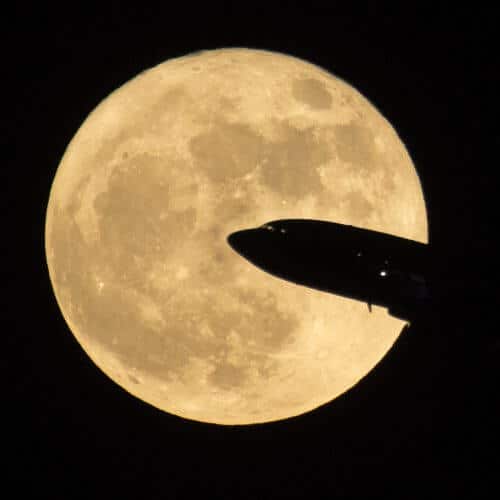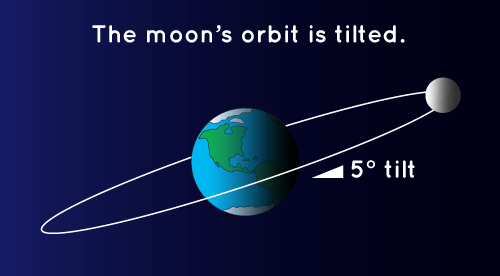The first month of the year, without a doubt, puts our natural satellite in the spotlight. Not only is this the second full moon this month, but the full moon will also pass in maximum proximity to Earth. Such an intersection of cases only happens a few times a year, and this time it will be the third month in a row that it happens.

Such a sequence in itself is quite rare. Tonight, 31/1, will decorate the sky moon Big and bright, with an impressive presence. This phenomenon was given the somewhat dramatic nickname: "supermoon". If we were in the Pacific Ocean we could watch as well in a lunar eclipse, another wonderful coincidence, but here in Israel, the eclipse will already come to an end and only a very partial shadow will bite into the white.
The orbit of the moon around the earth Not round as we like to imagine, but elliptical. This ellipse is not symmetrical, and therefore the distance of the moon from us is not constant. When the moon passes at the closest point toEarth, its distance from us is about 48 km less than its greatest distance from us (moreover, the orbit itself changes slightly every month, under the influence of the gravity of The sun). The gap between these extreme points is about 13 percent of the distance to the moon; This is a fairly large and noticeable gap. If so, the change in the size of the moon does not really justify the superhero title given to it when it is closest to us: "supermoon" (supermoon). The brightness of the moon, on the other hand, has increased by tens of percent, and its impressive glare is still hard to ignore.

when to watch Depends on how you prefer your moon, fuller or closer
Tonight the full moon will rise when it is about 27 hours after the peak point of proximity. The devout supermoon fans will surely notice that tonight's supermoon is a little less impressive than the fancy supermoon observed at the beginning of the month, and for good reason: on the first evening of January, the full moon rose only about 4 hours away from the peak point of closeness. Those who want to observe the moon at a point closer to the earth, will have to observe it the night before, on Tuesday, a day before the official supermoon at the end of the month. Our neighbor will appear in the sky only as an almost full circle, but close to midnight his proximity to us will reach its peak.

A foreign month receiving a double visit by a full moon is a fairly rare event, occurring on average every two and a half years. The moon completes its orbit around the earth in 29.5 days, while the foreign month, determined according to circling the sun only, usually lasting 30-31 days, therefore the chance of two full moons in a foreign month exists, although it is very small. When the moon is sufficient to reach its full moon for the second time at the end of that month, it is called a "blue moon", and indeed the expression once in a blue moon usually describes a rare event bordering on the ridiculous.
It is understood that our shining neighbor does not really follow the foreign calendar, and will probably continue to glow in grayish-white light for a long time to come. So what is the origin of the strange nickname? Linguists speculate that the word blue in the phrase is not related to the color blue at all, but originates from the word belewe, which means 'to betray'. In Christianity, the Lent before Easter is determined by the last full moon of winter, and ends with the first full moon of spring. Therefore, if another full moon appears between these two events, it will cause the believers to fast for another month, and will be considered, of course, a great traitor.

2 תגובות
CR
I guess you prefer an article about the Kardashian family. not here…
Interesting article - thanks!
Do you think this information is interesting to children and teenagers with a yes return an answer